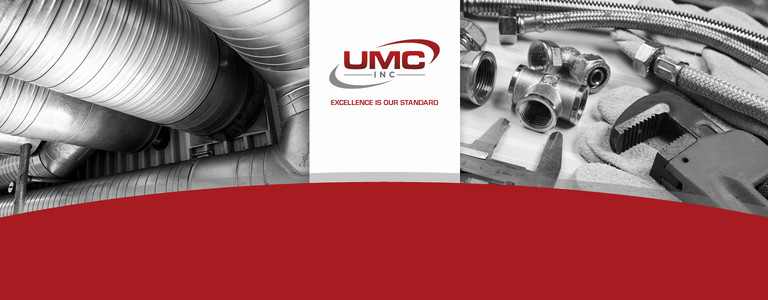The multi-family construction sector has long been defined by its fast-paced nature and focus on efficient, scalable solutions. In recent years, one trend has risen to the forefront of discussions among industry professionals: prefabricated systems. As developers strive to improve timelines, control costs, and maintain quality, prefabrication offers exciting possibilities that align perfectly with these goals. At UMC, Inc., we see prefabrication not as a future concept but as a present solution capable of transforming the way multi-family projects are built.
Why Prefabrication is Poised to Revolutionize Multi-Family Construction
Prefab—short for prefabricated—refers to components that are manufactured offsite and then transported to the construction site for assembly. This includes structural elements, building facades, mechanical systems, and even entire modules. Although prefabrication has existed for decades, advancements in technology, materials, and processes have elevated its potential. According to the Modular Building Institute, modular construction can reduce project timelines by up to 50% and improve cost predictability—all while ensuring consistent quality.
For the multi-family sector specifically, these efficiencies are a game changer. Multi-family projects involve repetitive layouts, standardized systems, and strict deadlines that lend themselves well to modular or prefab approaches. Developers are increasingly adopting prefabrication to address rising material costs, labor shortages, and tight regulatory requirements.
Key Advantages of Prefabrication
Time savings are one of the biggest advantages of prefabrication. When components are produced in controlled factory environments, construction can proceed simultaneously onsite and offsite. This overlap reduces project schedules significantly, which is critical for meeting market demand for housing.
Consistency and Quality Control
Prefabrication takes the guesswork out of construction. Factory environments provide better quality control than job sites, where variables like weather, crew turnover, and limited supervision can lead to inconsistencies. High-precision manufacturing ensures uniformity in every component, resulting in buildings that perform as designed.
Cost Predictability
Budget overruns remain a concern for all construction projects. Prefabricated systems mitigate this risk by standardizing production costs. Offsite manufacturing reduces waste and minimizes unexpected expenses, while the faster timelines cut down on labor costs. According to McKinsey & Company, modular construction projects often report cost savings of 10–20%.
Sustainability
Environmental impact is becoming a cornerstone of construction practices. Prefabrication naturally aligns with green building strategies. By reducing material waste during production and lowering the number of truck deliveries to job sites, prefab systems contribute to more sustainable construction processes.
Looking Beyond the Hype
While the benefits of prefabrication are significant, successful integration requires careful execution. Prefab is not a one-size-fits-all solution. Developers and contractors must collaborate closely during the design stage to ensure that modular systems fit seamlessly with project specifications. Coordination between the manufacturing and onsite crews is also critical to avoid delays caused by mismatched components or unrealistic expectations.
Additionally, some projects may face limitations in terms of transportation logistics or local building codes. Developers must navigate these challenges to ensure prefabrication methods complement the overall project rather than complicate it.
A Collaborative Future
As the multi-family construction industry continues to evolve, collaboration will be the key to unlocking the full potential of prefabricated systems. Architects, contractors, engineers, and developers must work together to rethink traditional workflows—for example, implementing design-for-manufacture principles early in the project lifecycle.
At UMC, Inc., we’re constantly exploring innovative approaches like prefabrication to elevate the standards of multi-family housing. While every project comes with unique challenges, integrating prefab solutions offers undeniable advantages for speed, cost, and quality. And beyond these measurable benefits, this trend reflects a broader shift toward sustainability and smarter construction practices.
Closing the Gap
Prefabrication is no longer a niche approach; it’s a movement shaping the future of construction. For firms that adapt early, the opportunity to drive efficiencies while meeting growing housing demand is immense. At its core, prefabrication embodies what the industry does best: problem-solving and building better places for people to live.
By leveraging prefab systems with a focus on collaboration and innovation, multi-family developments are entering a new era—one defined by smarter processes, greater value, and stronger communities. Whether you’re conceptualizing your next project or optimizing workflows, prefabrication deserves a spot in the conversation about what’s next in construction.
This blog highlights how prefabrication is reshaping the multi-family construction landscape and emphasizes UMC’s forward-thinking approach to industry trends. Let me know if you’d like further refinements!






